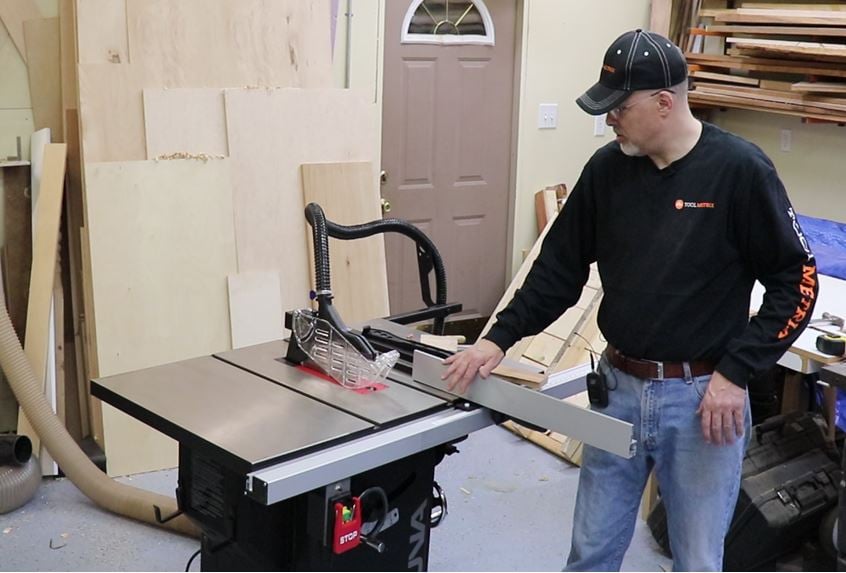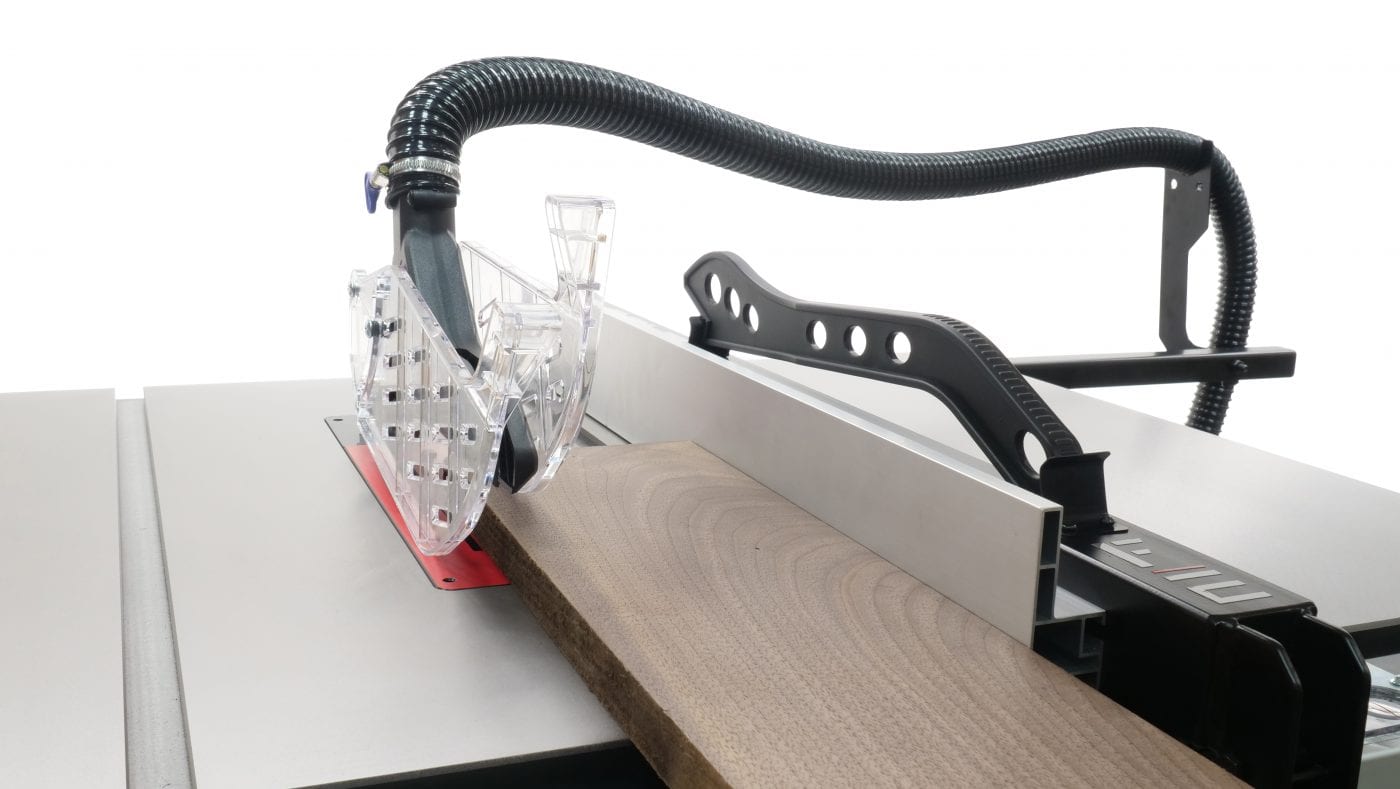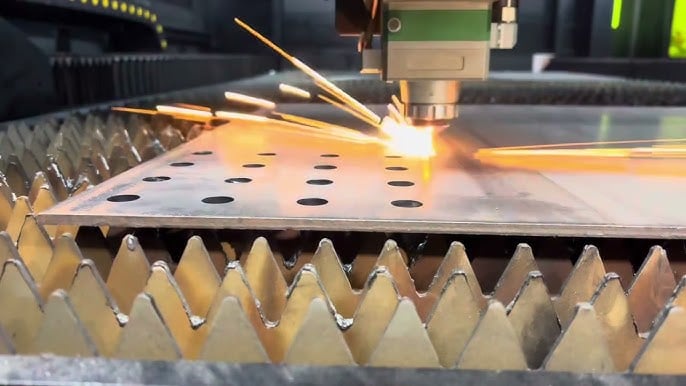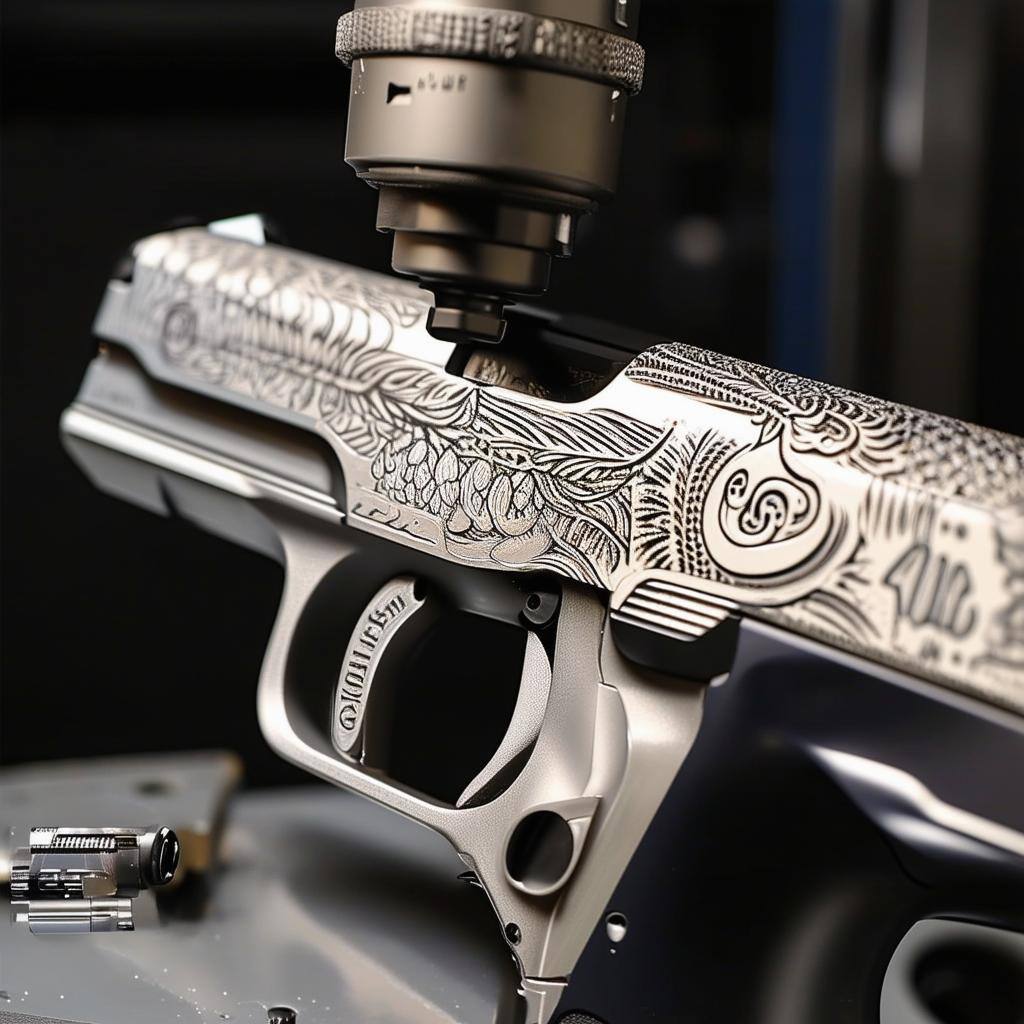I recently had the opportunity to spend some time in my shop with the Laguna Fusion F2 and F3 table saws, and in the process I was introduced to the European style table saw fence. There are a couple noteworthy differences between this style fence and the T-square style fence more commonly found in the US market. First, the cutting guide surface has the ability to slide forward and back in a track system which extends the effectiveness of the fence. Second, the fence can be installed in a normal upright position where it effectively works the same as a T-square fence, or it can be removed and reinstalled in a low-profile mode. Each of these options provides unique capabilities that aren’t possible on a standard T-square style fence without modification or the use of auxiliary devices.
In my testing with these European style fences, I discovered four scenarios where the features provide unique capabilities for building furniture or cabinets.

- Longer runway. When you’re ripping a sheet of plywood or a long hardwood plank, the fence can be slid forward to provide a longer surface to stabilize the work surface before it engages the blade. This provides better cut quality and accuracy, and by reducing the chance of the work piece shifting during the cut, it also increases safety.

- Safe Cross-cutting. When cross-cutting on a table saw, there is a temptation to ride the off-cut piece against the fence for easy precision and repeatability. With a traditional T-square style fence, this is beyond a safety risk and more like a near inevitability that the off-cut piece will get trapped between the fence and the spinning blade and get launched back at the operator. In contrast, the European style fence provides a safe approach without compromising safety or quality. To use cross-cut with a European style fence, the fence is slid forward until the rear of the fence is in front of the blade’s leading edge. Then, in operation, the fence is used to establish the cut length, and the operator pushes the work piece through the blade, where the off-cut will sit safely between the blade and fence with a generous gap that prevents kickback.

- Thin ripping. Considering all of the jigs that are sold for the purpose of ripping thin strips that can be used for cutting boards, face frames and numerous other projects, I know that this application must be on a lot of people’s minds. A T-square fence allows an operator to safely rip a strip down to about 2” with the blade guard in place. Because the European style fence can be rotated and used in “low mode”, I was able to rip strips down to approximately 1/2” without removing the guard. This is possible because the low fence can be slid underneath the blade guard where it can sit in close proximity to the blade without interfering with the guard. And if it is coupled with a split blade guard that raises and lowers independently on each side, the left side of the guard remains rested on the table.

- Veneer trimming. If you’ve ever applied veneer to an over-sized panel, then tried to cut it to size, you know the frustration. To achieve a good result, you have to first trim one side of the veneer in order to establish a sturdy, reliable reference surface. By rotating the European style fence to the low position, the veneer can overhang and the substrate can serve as a durable reference for the cut saving you the painstaking trimming step. By using a high quality blade that is designed for cutting sheet goods, this approach also provides an easier and more consistent way to get a perfect edge on your veneer as opposed to manually trimming it.
If you want to see these applications in action, check out the Fusion F2 Deep Dive video on the ToolMetrix YouTube channel.





